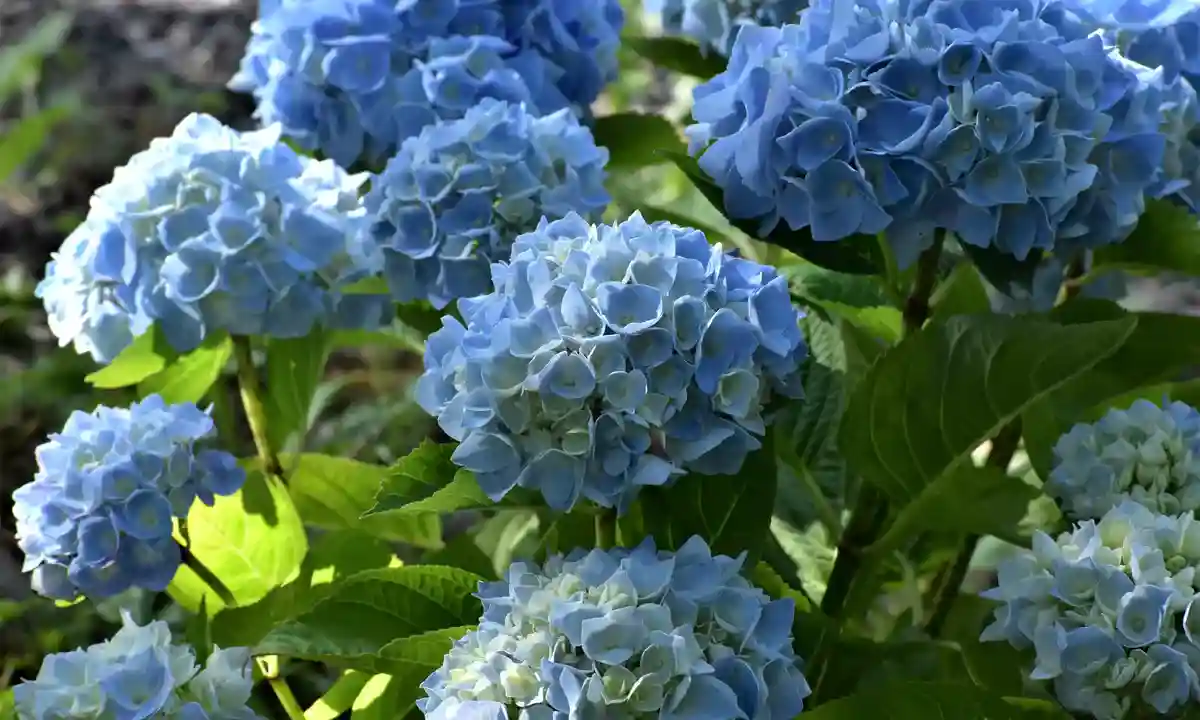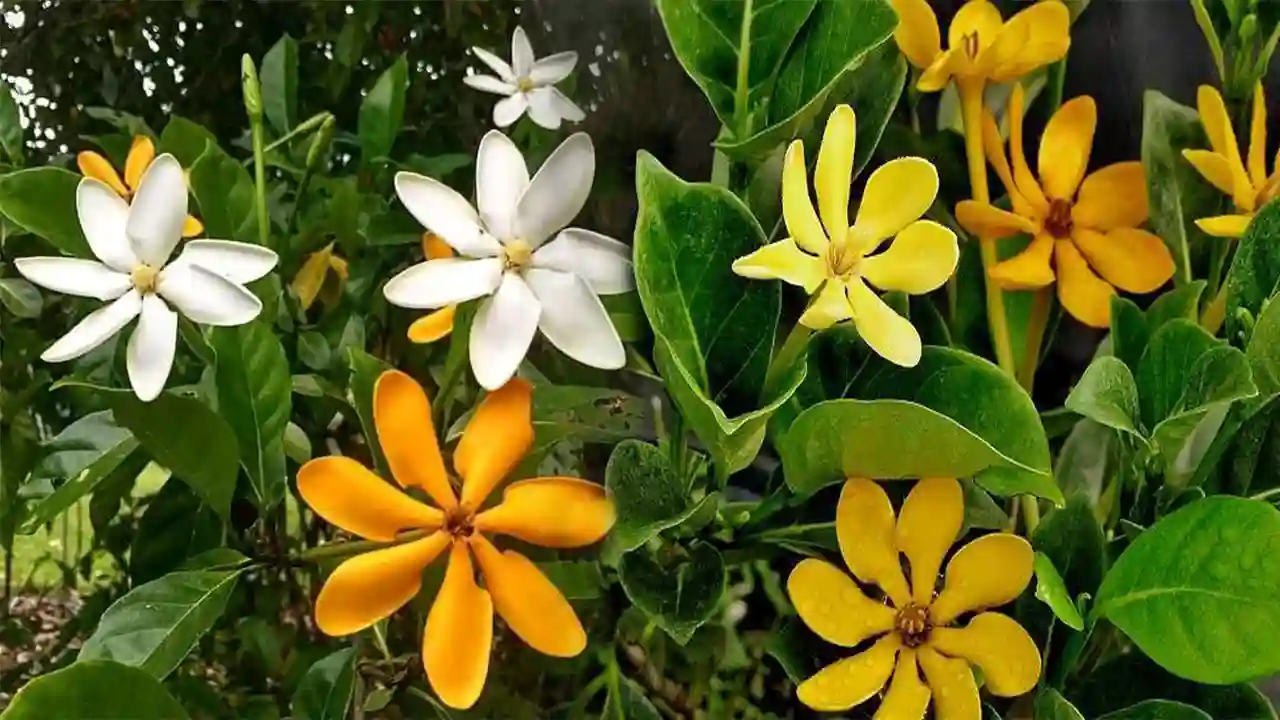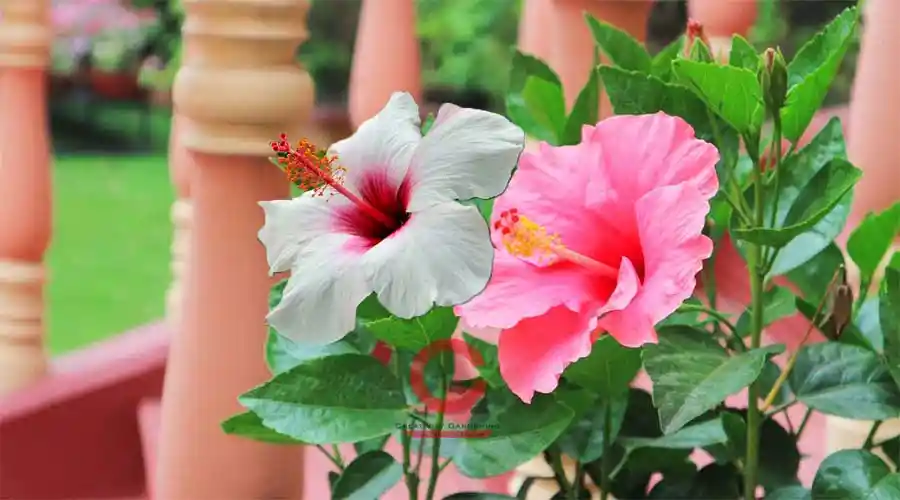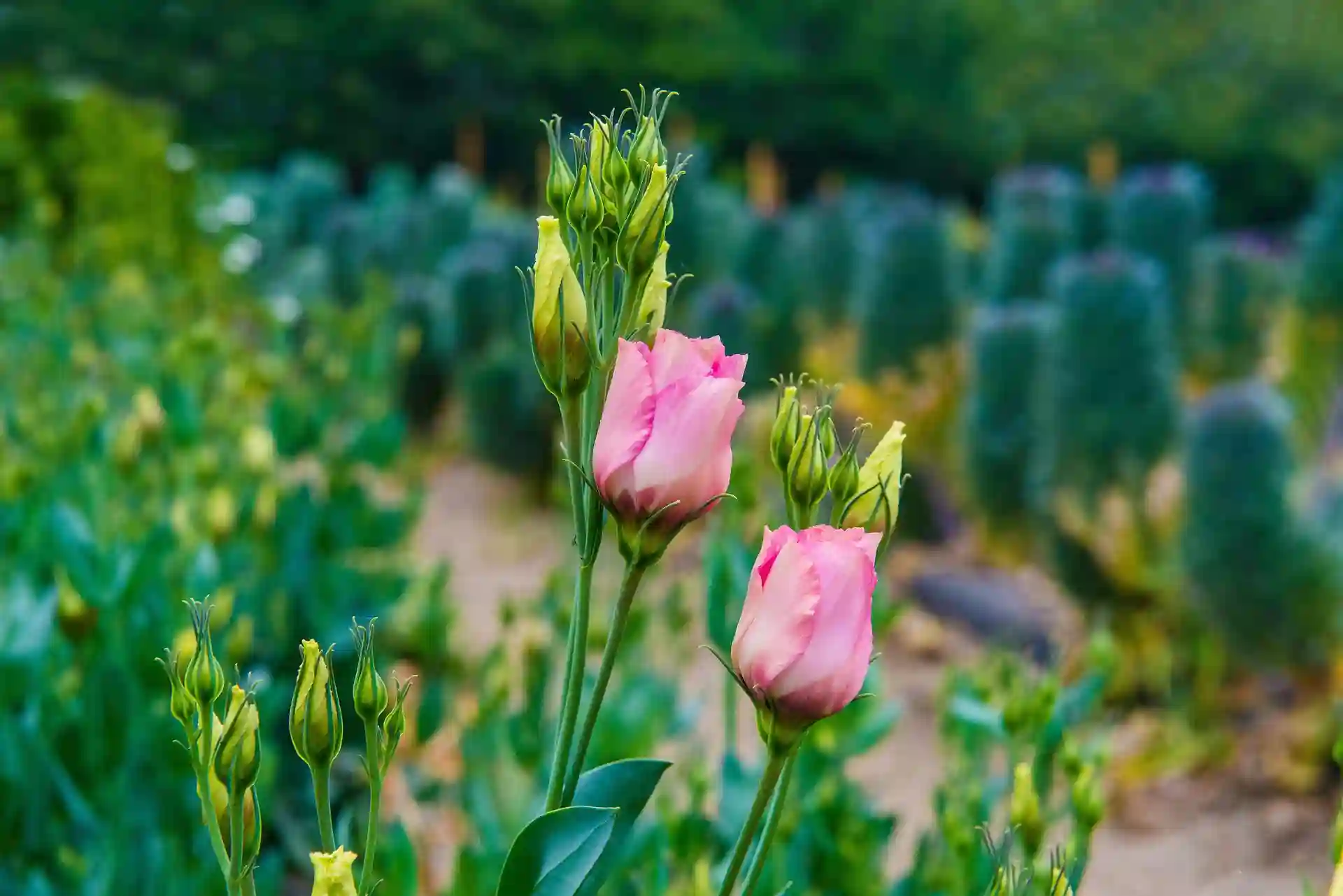Hydrangea is a popular and preferred flower for summer season gardeners who want to add color and beauty to their outdoor spaces. Endless summer hydrangea, the plants begin to bud with the onset of spring, and the plants begin to flower by mid-summer.
Endless summer hydrangea is a type of hydrangea plant that produces large pink, purple or blue flowers depending on the acidity of the soil. These plants are known for their ability to bloom throughout the summer and into the fall, hence their name “endless summer hydrangea.” They are also admired for their ability to flower on both old and new growth, which means that even if the plant suffers winter damage, it can still flower the next season. Endless summer hydrangeas need regular watering, especially in hot weather, and should be fertilized in the spring and summer for healthy growth and blooms. With proper care, these hydrangeas can be a beautiful addition to any garden or landscape.
Botanical Name of Hydrangea: Hydrangea arborescens which belongs to Hydrangeaceae family. Hydrangea is an amazing flower that has about 90 species around the world. This tree is native to Southeast Asia China, Japan, Korea, Indonesia and North and South America. More than 75 species of trees from around the world are found in the Americas. Hydrangea, also commonly known as Hydrangea.
Endless Summer Hydrangea
If you’re a fan of hydrangeas, you’ve probably heard of Endless Summer hydrangeas. These beautiful, long-blooming shrubs are popular among gardeners for their vibrant blooms and ability to thrive in a variety of climates. But what do you do if you want to propagate your own endless summer hydrangeas? In this article, we’ll find out everything you need to know about propagating this beautiful shrub, from when and how to take cuttings to the best way to care for new plants. In this comprehensive guide, we’ll explore the world of endless summer hydrangeas, their origins, Will explore including care and maintenance, propagation and pruning.
What is an endless summer hydrangea?
Endless Summer hydrangea (Hydrangea macrophylla ‘Endless Summer’) is a deciduous shrub prized for its ability to produce continuous flowers throughout the summer months. Unlike traditional hydrangeas, which only bloom once in the spring or summer, perennial summer hydrangea can bloom up to 10 times during the growing season. This makes them a popular choice for gardeners who want to enjoy the beauty of hydrangeas all summer long.
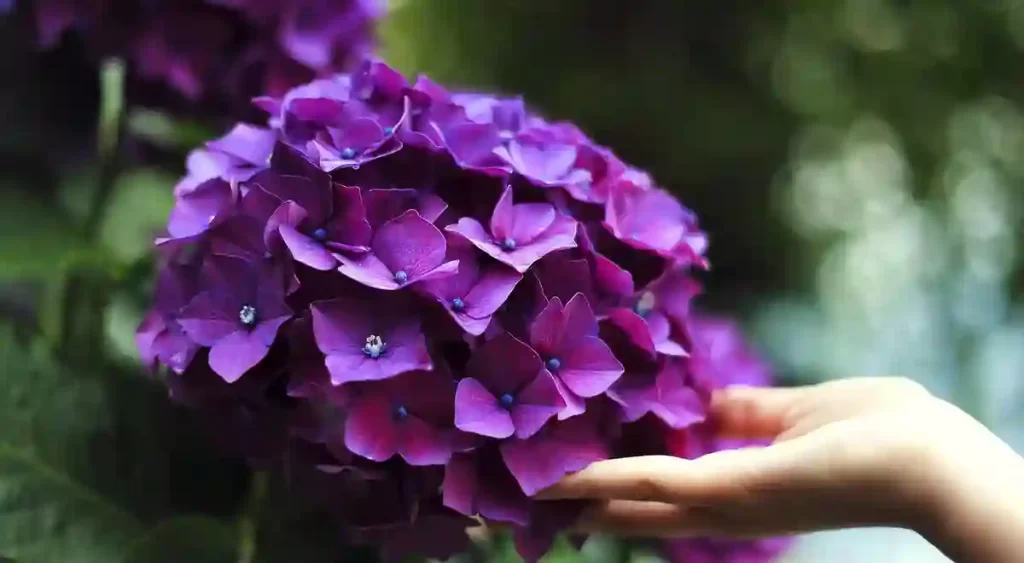
Source of Endless Summer Hydrangeas:
Endless summer hydrangeas were first introduced to the gardening world in 2004 by Bailey Nursery, a family-owned nursery based in Minnesota. The hybrid hydrangea was developed by two University of Georgia horticulturists, Michael Deere and Tom Raney, who hybridized two different hydrangea species – macrophylla and serrata – to create a plant that blooms repeatedly throughout the summer months, making it a unique and versatile plant.
Characteristics of the Endless Summer Hydrangea:
The Endless Summer Hydrangea has several distinct characteristics that make it stand out from other hydrangea varieties:
Bloom colors: The Endless Summer Hydrangea produces flowers in shades of pink, blue, and purple. The color of the blooms can vary depending on the pH level of the soil. For example, acidic soil produces blue blooms, while alkaline soil produces pink blooms.
Blooming period: As mentioned earlier, the Endless Summer Hydrangea blooms continuously throughout the year. However, the intensity of the blooms may vary depending on the season.
Growth habit: The Endless Summer Hydrangea grows to a height of 3-5 feet and a width of 4-6 feet. It has a compact and rounded growth habit, making it an ideal choice for smaller gardens or as a border plant.
Foliage: The Endless Summer Hydrangea has large, glossy green leaves that are oval-shaped and serrated at the edges. The foliage provides a beautiful contrast to the vibrant blooms.
Care Tips for the Endless Summer Hydrangea:
Endless summer hydrangeas are relatively easy to care for and with proper care, they can produce beautiful flowers year after year. Here are some tips for caring for your endless summer hydrangeas.
Sunlight:
The Endless Summer Hydrangea prefers partial shade, especially during the hottest part of the day. However, it can tolerate full sun in cooler climates.
Soil:
The Endless Summer Hydrangea prefers moist, well-draining soil that’s rich in organic matter. You can amend the soil with compost or peat moss to improve its texture and fertility.
Watering:
Endless Summer hydrangeas require consistent moisture to thrive. Be sure to water regularly, especially during periods of drought or hot weather. When watering, aim to keep the soil consistently moist but not waterlogged, as this can lead to root rot and other fungal diseases. Mulching around the base of the plant can help retain moisture in the soil and regulate soil temperature.
Fertilization:
Fertilizing your Endless Summer hydrangeas is crucial to ensure optimal growth and bloom production. We recommend using Holly-tone for blue flowers or Plant-tone and granulated lime for purple to pink flowers. For best flowering, fertilize in April, May, and June with 1 cup of fertilizer for each foot of branch spread. For example, a 3 foot wide plant would receive 9 cups of fertilizer over a 3 month period. Avoid fertilizing after this period, as it can cause excessive growth and reduce the number of blooms.
Pruning:
Endless summer hydrangeas should be pruned in late winter or early spring, before new growth begins. Remove any dead or damaged wood and cut back any old wood to encourage new growth. Be careful not to prune any buds, as this will reduce the number of flowers.
When to Prune Endless Summer Hydrangea:
The best time to prune your Endless Summer Hydrangea is in late winter or early spring, before new growth begins. This is because Endless Summer Hydrangeas bloom on both old and new wood. If you wait too long to prune, you risk removing new growth that will produce blooms in the upcoming season.
How to Prune Endless Summer Hydrangea:
When pruning your Endless Summer Hydrangea, start by removing any dead or damaged wood. Next, prune any stems that are crossing or rubbing against each other. This will help the plant grow evenly and avoid any potential disease or pest issues.
For Endless Summer Hydrangeas, it’s also important to remove any spent blooms. This will encourage the plant to produce new growth and more beautiful blooms. To do this, simply cut the stem just above the first set of leaves below the spent bloom.
If your Endless Summer Hydrangea is getting too large, you can also prune it back for size control. However, it’s important to keep in mind that pruning too much can lead to a reduction in blooms. Only prune back up to one-third of the plant’s total height to avoid this issue.
Tips for Pruning Endless Summer Hydrangea:
When pruning your Endless Summer Hydrangea, be sure to use sharp, clean tools to avoid damaging the plant. You can also use pruning paint or paste to seal any cuts and protect the plant from disease or pests.
In addition, it’s important to water your Endless Summer Hydrangea regularly, especially during dry spells. This will help the plant produce healthy growth and beautiful blooms.
Propagating Endless Summer Hydrangeas:
Endless summer hydrangeas can be propagated in a number of ways, including by stem cutting, layering and division.
Stem cutting:
To propagate perennial summer hydrangeas by stem cutting, select a healthy, non-flowering stem and cut a 6- to 8-inch section just below a node. Remove the leaves from the lower half of the stem and dip the cut end in rooting hormone. Plant the cutting in a pot filled with a mixture of peat moss and perlite and keep the soil moist until the cutting roots.
Stratification:
This involves bending a low-hanging trunk of a plant into the ground and burying a portion of it underground. Once the stem has developed roots, it can be cut from the parent plant and transplanted.
Dividing:
This involves dividing the plant into smaller pieces by carefully digging up the root ball and splitting it with a sharp knife. Each section should have a healthy number of roots and shoots and can be transplanted to a new location.
FAQ [Frequently Asked Questions]
What are Endless Summer hydrangeas?
Endless Summer hydrangeas are a type of bigleaf hydrangea (Hydrangea macrophylla) that were developed in the early 2000s by plant breeder Michael Dirr and Bailey Nurseries. These shrubs are known for their ability to bloom on both old and new wood, meaning they can produce flowers throughout the growing season. Endless Summer hydrangeas are available in several different colors, including pink, blue, and purple.
Why propagate Endless Summer hydrangeas?
There are several reasons why you might want to propagate Endless Summer hydrangeas. Perhaps you want to create more plants to add to your garden, or maybe you want to give cuttings to friends and family as gifts. Propagating your own plants can also be a cost-effective way to expand your garden without spending a lot of money on new plants.
When to propagate Endless Summer hydrangeas?
The best time to propagate Endless Summer hydrangeas is in late spring or early summer, when the plants are actively growing. You can also take cuttings in the fall, but you’ll need to protect them from cold weather to ensure their survival.
How to propagate Endless Summer hydrangeas through stem cuttings?
Propagating Endless Summer hydrangeas through stem cuttings is a relatively easy and effective method. Here’s how to do it:
Selecting the right cuttings:
Choose healthy, non-flowering shoots from the current season’s growth. Cuttings should be 4-6 inches long and have at least two sets of leaves.
Preparing the cuttings:
Remove the bottom set of leaves, leaving only one or two sets near the top of the cutting. Dip the cut end of the stem in rooting hormone to encourage root growth.
Planting the cuttings:
Plant the cuttings in a well-draining potting mix and keep them moist but not waterlogged. Cover the pot with plastic wrap or a plastic bag to create a humid environment, and place it in a bright, but indirect light. Cuttings should root within 4-6 weeks.
